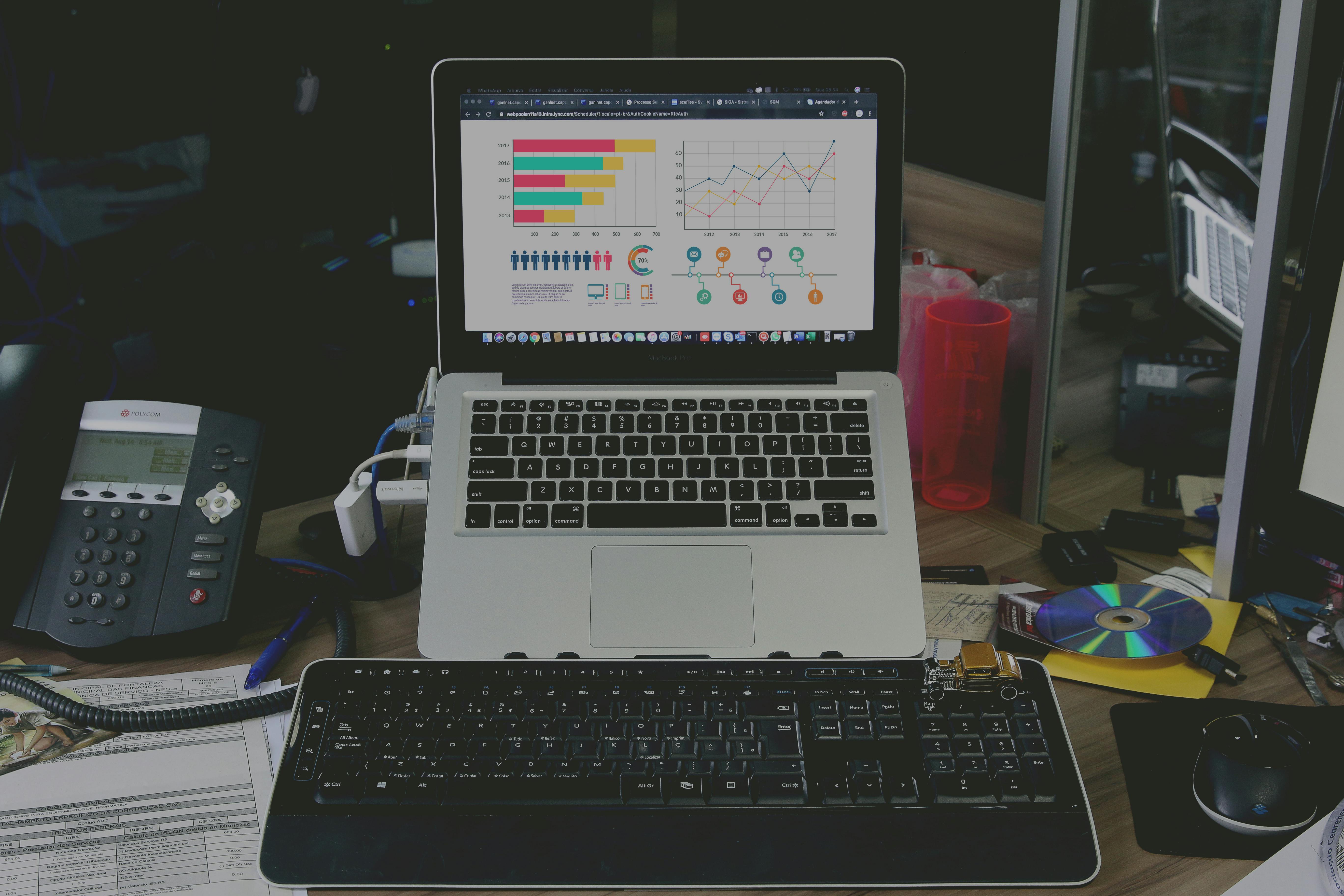Back in 2008, Facebook had 100 million active users. Just 5 years later and over a billion people have become regular users. On average they’re a little older than the before and there’s a few more males amongst them, so what else has changed in this time to make it more popular?
In 2009, Facebook had finally turned its cash flow positive and became the third largest company in America after Google and Amazon. Despite protests from many fans, elements like promoted posts didn’t cause the platform to become less popular to the extent that some critics had predicted.
The whole story of Facebook’s origins and founding ethics were dramatized in the controversial documentary-drama movie ‘The Social Network’ in 2010. Community pages appeared this year too, followed soon after by the ‘civil union’ option for gay partnerships on Facebook pages in 2011.
There was a real ‘marmite’ moment when Facebook’s timeline based profile arrived. The new style polarised Facebook fans at first, but as is often the case with new ways of working, the timeline has become like a part of the furniture, we can barely remember how things were before it arrived.
Facebook has increasingly become the largest online photo host and when the new timeline was introduced, it gave users the chance to show off their pictures by adding cover photos as well as the usual profile picture. If you were the owner of an iPad in 2011 you were finally able to download the app so that when Facebook acquired Instagram in 2012 it was really easy to load up your edited photos for your friends to see.
With the billion plus active users Facebook now has, certain major businesses have embraced Facebook to reach big audiences with their marketing campaigns. It has been a battle of the beverages for the last 5 years with Starbucks taking an early lead in 2008 and Coca Cola stealing the crown ever since for the biggest Facebook brand page. Facebook provides businesses with an international platform to reach other markets, with Facebook seeing growth in Brazil and India, and developing countries, such as Asia, attempting to adopt the ever-trending fad.
Facebook has gone from the simple status update, to being able to tag friends, add photos, give a location and much more that make it seem just that little bit too knowledgeable. Every now and then, people sometimes hear rumours circulating that Facebook will start charging users, but this seems highly unlikely as the site is already successful enough with advertisers and doesn’t need to make these kind of drastic changes as profits seem to be booming.
Others believe Facebook only has a few more years to enjoy success whilst most are confident that the platform will flex and morph with new developments in interactive and social technologies. Whoever is right, the management at Facebook HQ have certainly proved they have what it takes to ride out all sorts of commercial, technical, social and political challenges over the last 5 years. Facebook has not only provided a place for people to socialise and connect, but has played it’s own part in democracy and rebellion. A shining example of this would be the 2011 riots that were organised through the site and other networks. It’s clear that its founder Mark Zuckerberg has set his sights on those who are yet to indulge in the world of the Internet (let alone the social media jungle). His project internet.org aims to encourage newbies to go online. It’s hard to imagine how Facebook will look in 2018 but one thing’s for sure, there are no signs that the people behind Facebook are ready to hang up their hashtags just yet.




